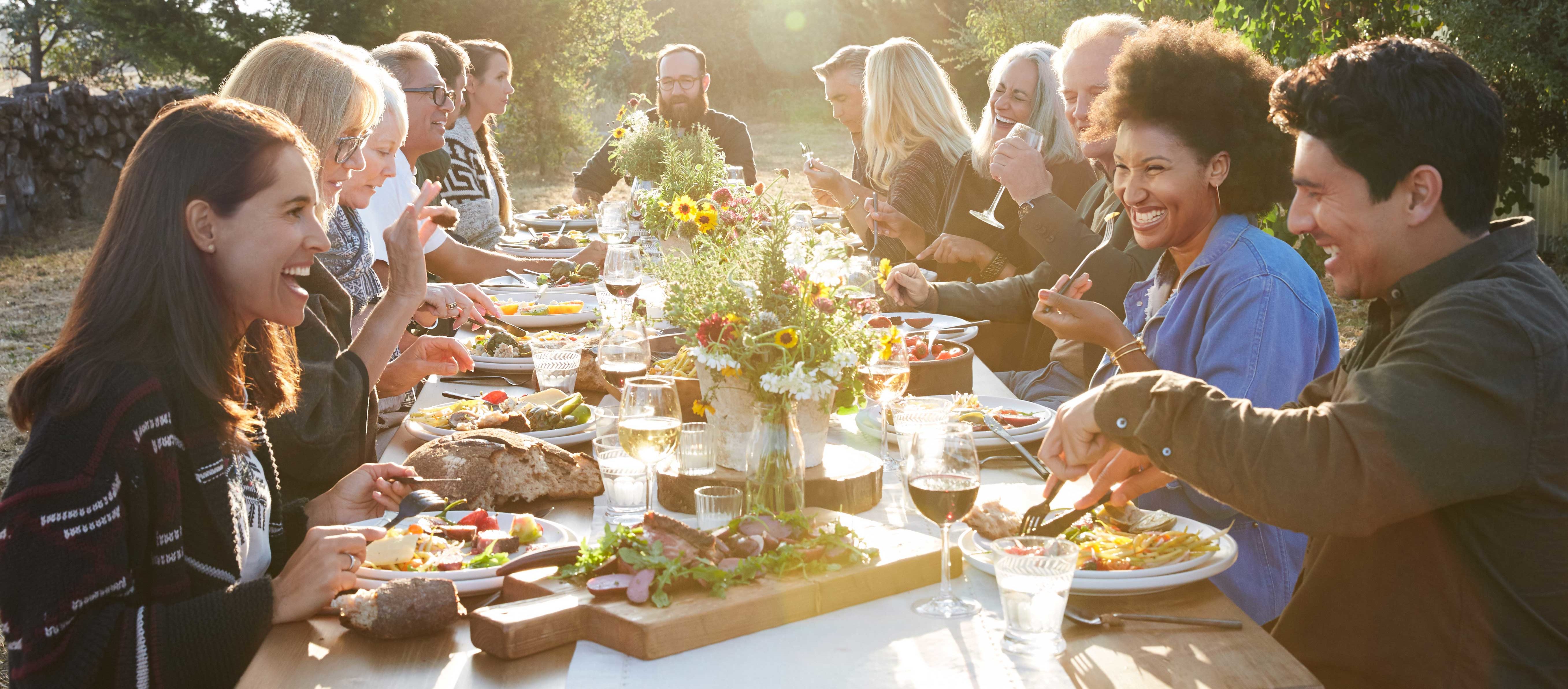Celebrating The Ones Who Grow Our Food
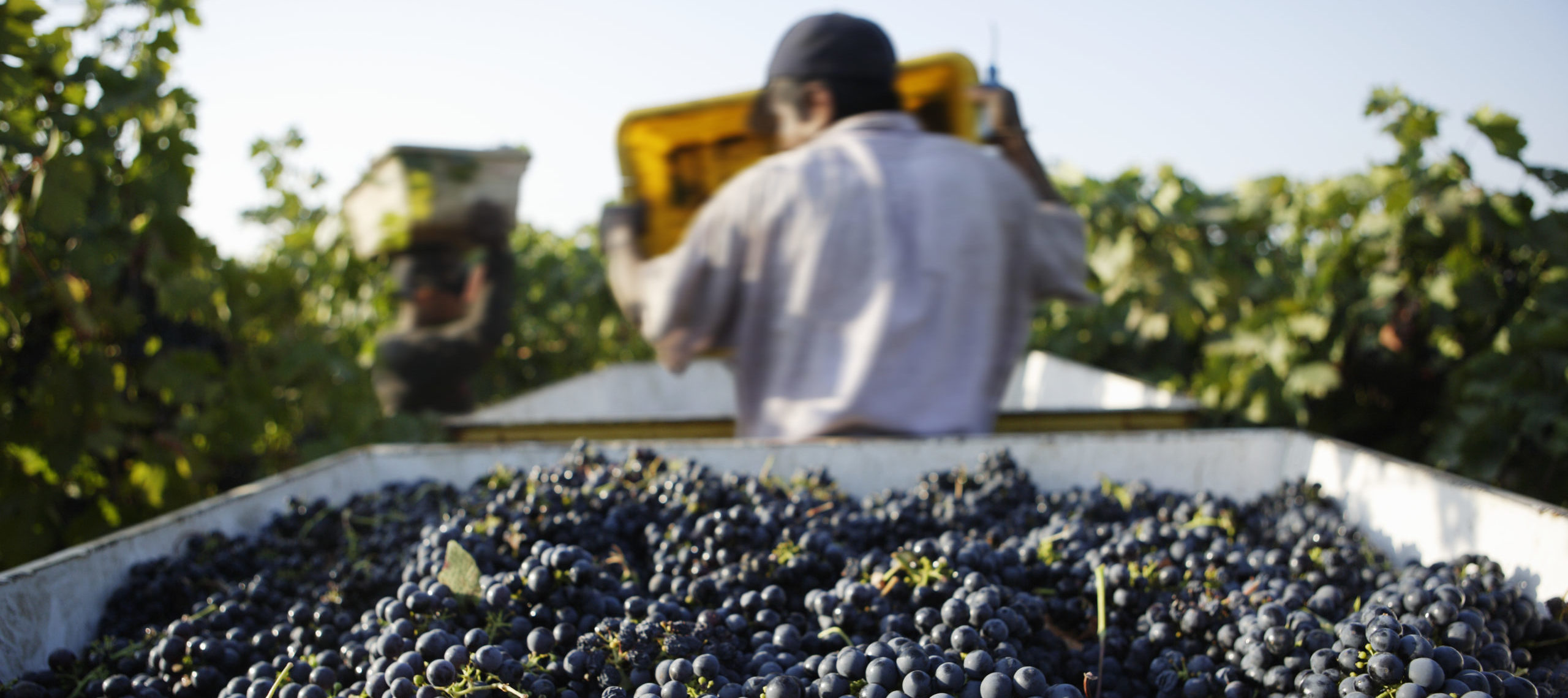
California is a leader when it comes to many things — sustainable winegrowing and agriculture, most definitely. There’s no question that most winemakers (and wine drinkers for that matter) are concerned about their environmental impacts. In fact, more than 80% of California’s wine is produced in a Certified Sustainable winery.
But what exactly is sustainable agriculture? You might think that it means using growing methods that preserve and protect the land — and you’re not wrong. But that’s just one of the three main “pillars” of sustainable agriculture. The other two are economic viability (there’s nothing sustainable about going out of business), and social equity, which includes workers’ health and safety.
Each October, California recognizes and thanks those who work so hard to put food, and yes, wine, on our tables. Farmer and Farmworker Month is a monthlong celebration of the people who dedicate their lives to growing the more than 400 different specialty crops in the Golden State. California figs, just one of our many specialty crops, are featured in the recipe below.
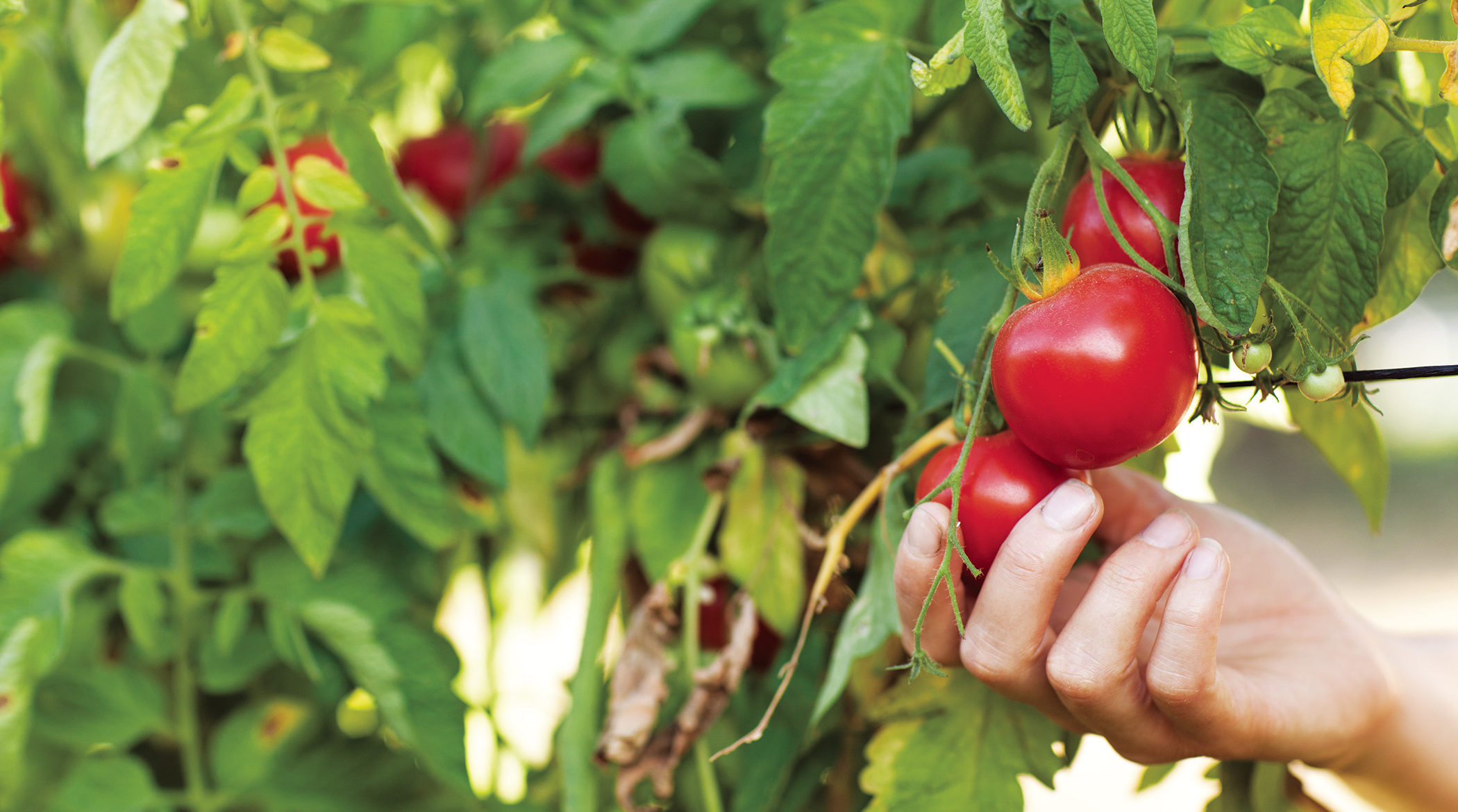
What is Social Sustainability in Agriculture?
Social sustainability is an effort to make sure that the people who work in ag are treated fairly and equitably. So that might mean anything from safe working conditions to training and advancement opportunities.
There are many players in social sustainability such as farmers and farmworkers, the local community and the agrifood network which includes producers, suppliers, customers and service providers.
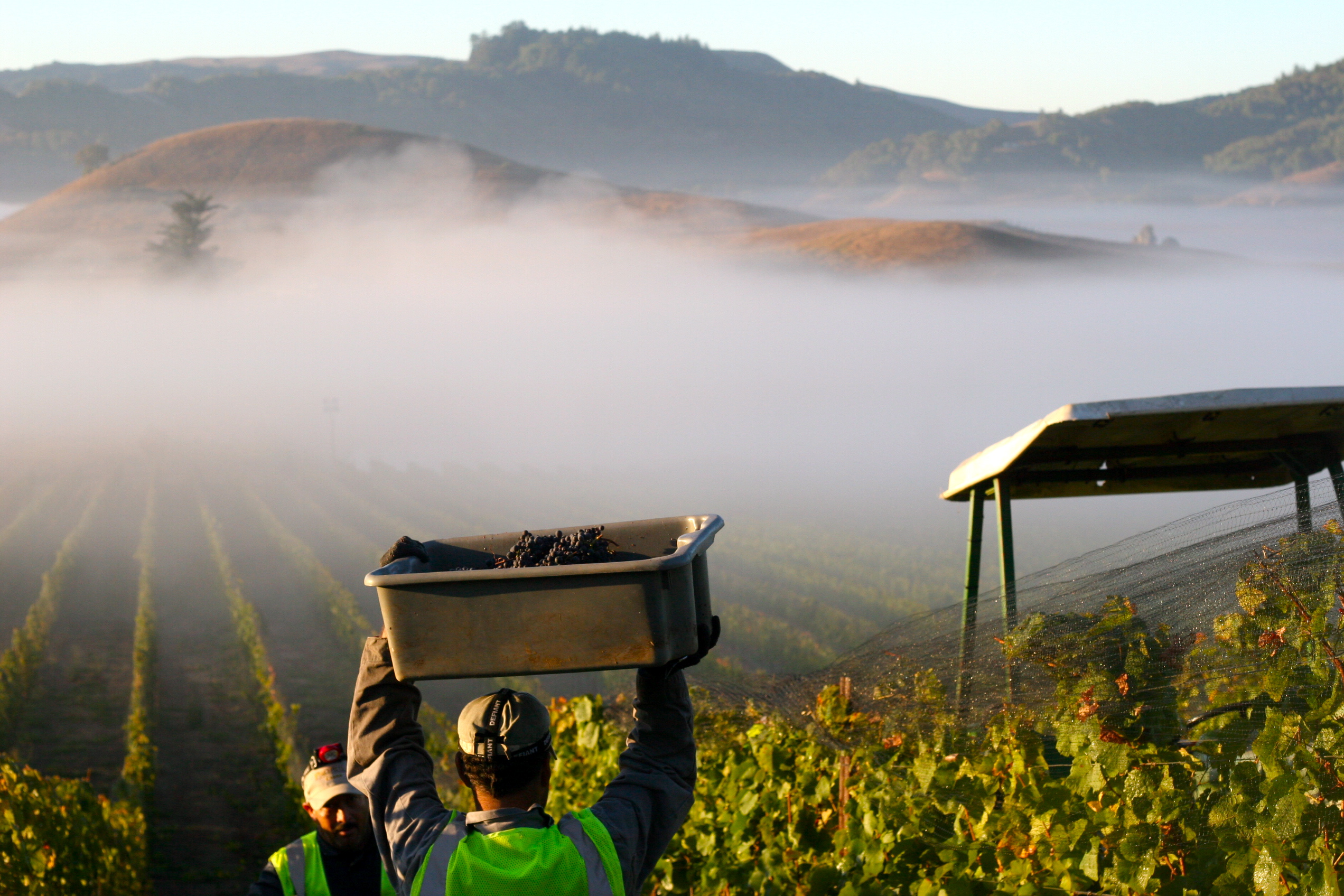
Social Sustainability in Action
Several organizations are working to promote social sustainability in agriculture. For instance, Lake Country Winegrowers offers a Master Vigneron Academy training program for vineyard supervisors, taught in Spanish, which emphasizes sustainability and professional development. Another example is the Sonoma County Grape Growers Foundation (SCGGF) which provides programming to support farmworkers and their families. They partner with other regional organizations and assist ag workers with childcare, education, healthcare, housing and training/workforce development. In 2018 they launched the Vineyard Employee Sustainability Recognition Award, to honor and recognize exceptional men and women who work in winegrape growing. SCGGF also created a Vineyard Employee Resiliency Fund to assist those impacted by recent fires and recently launched its Leadership Academy geared towards training the next generation of leaders in the workplace and beyond.
How You Can Support California Farmers and Farmworkers
In addition to Sonoma’s efforts, social sustainability is happening up and down the Golden State. During Farmer and Farmworker Month (and beyond!), there are ways you can help too. In addition to saying thank you to the next farmer and/or farmworker you see — and you absolutely should — here are a few ways you can support the folks who work in agriculture:
- Look for and buy California wine. Visit California wine country and stop by all your favorite wineries. You can also check your local wine shop for selections of California wine.
- Buy California-grown food and flowers. Here’s a handy guide on how to buy California-grown products. Pro tip: look for the blue “CA GROWN” license plate logo!
- Visit your local farmers’ markets, tell the farmers how much they are appreciated and buy goods directly from them.
- Thank a farmer and/or tag them on social media.
- Treat your family to a meal of all California-grown ingredients.
Thankfully it’s not challenging to create a delicious meal from all California-grown ingredients. California grows over 50% of the fresh produce in the United States and two-thirds of the country’s fruits and nuts! The Golden State also produces 98% of fresh figs, 100% of dried figs and 100% of domestic canned ripe olives. So when you’re making the delicious relish below, you can feel good about supporting California farming families.
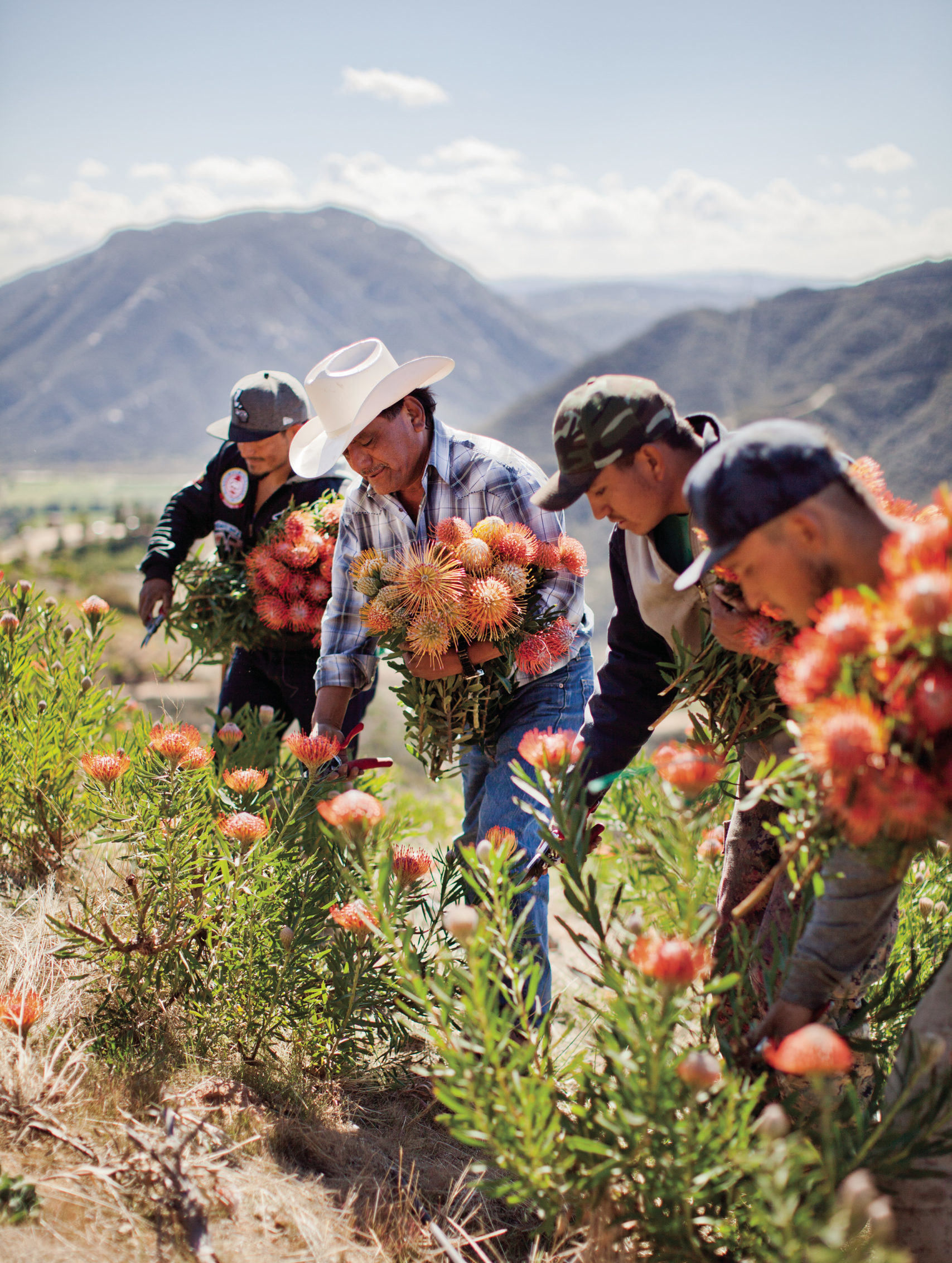
A Delicious Relish for Fall Cheese Boards
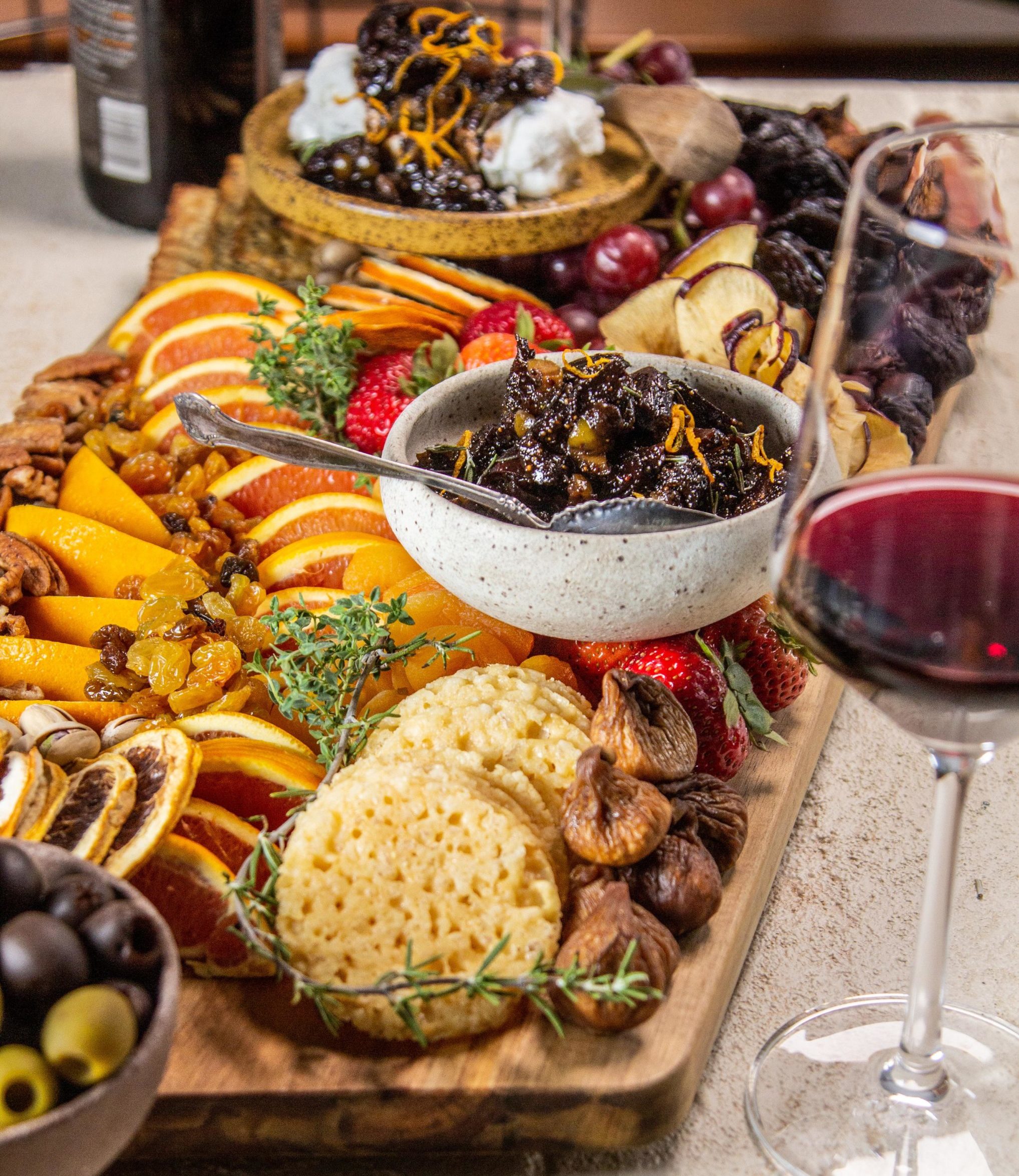
If there is one thing besides wineries that California’s Wine Country is known for, it’s fantastic restaurants. The Girl & the Fig in Sonoma is among the best and has been a top foodie destination for the last 25 years. When Sondra Bernstein opened the doors in 1997, she wanted to showcase the abundance of the region along with her passion for French cuisine. It’s no surprise that Sondra along with head Chef John Tolouze are crazy about figs, which are featured prominently throughout their seasonal menus. When fresh figs are available, people come in droves for their Grilled Fig Salad and their Warm Fig and Thyme Crisp with Fig Syrup. The rest of the year they rely on dried figs, which have an earthy and sweet concentrated flavor, in fig compotes, sauces and relishes.
Our version of their Fig and Olive Relish is also a dried fig recipe, so you can make and enjoy it year round. The sweetness of the figs is offset by briny olives and tangy vinegar, making it a wonderfully balanced condiment. Updated with the addition of fresh rosemary and orange zest, the relish is fragrant and reminiscent of the holidays. We suggest serving it on a cheeseboard, spooned over a log of goat cheese or a wheel of brie or as a topping for grilled pork chops. Pair with a light red such as California Pinot Noir or California Grenache.
Girl and the Fig Olive Relish
- 2 tablespoons olive oil
- 1 tablespoon minced shallot
- 1 teaspoon minced fresh rosemary
- 1 cup dried figs, stemmed and quartered (140g)
- ¼ cup sugar (70g)
- ½ cup fig balsamic vinegar, or regular balsamic vinegar (130mls)
- 2 tablespoons whole-grain mustard
- 1 tablespoon fresh orange zest, grated
- ¼ teaspoon freshly grated pepper
- ½ cup chopped, pitted green and black California olives
Prep time: 5 minutes
Cook time: 10 minutes
Yield: 1 ½ cups
Directions
Heat olive oil in a medium saucepan over medium heat. Add shallots and rosemary and cook until fragrant and shallots are translucent, 1-2 minutes.
Add the dried figs, sugar, balsamic vinegar, mustard, orange zest, and pepper. Reduce heat and simmer until the figs have softened and the mixture becomes jammy, about 8-10 minutes.
Remove from heat and stir in the olives. Pour mixture into a glass container and cool. The relish will keep for two weeks in the refrigerator.
Styling notes: This relish is thick, dark and glossy so it will look best on something light so it pops…it would work on a cheeseboard or over a log of goat cheese. Or smear some goat cheese (or other soft cheese) on a slice of bruschetta and spoon on that. I would garnish with fresh rosemary and thin strips of orange zest.
Recommended Pairings
California Pinot Noir or California Grenache
A Word about Pinot Noir and Grenache
Pinot Noir and Grenache both come from thinner-skinned grapes and tend to be lighter, more fruit-forward reds. California Pinot Noir is one of the world’s most popular wines and there is no denying that the movie “Sideways” helped propel it to fame. But its enduring popularity has more to do with its drinkability, refreshing acidity, low tannins and flavor notes of raspberry, cherry, clove, mushroom and sometimes violet. Pinot Noir also has a beautiful, translucent garnet color in the glass. A finicky grape (it’s often called “the heartbreak grape” by winemakers), it is grown throughout the Golden State. That said, Pinot Noir really shines in cooler climate regions like northern Sonoma County, Monterey County and Santa Barbara County.
Grenache is a Rhône varietal and considered a medium-bodied red thanks to its slightly higher alcohol content and firm tannins. Unlike Pinot Noir, Grenache likes hot climates — but if it gets too hot, the grapes will ripen too quickly and the wine will be overly sweet. It too can be a challenging grape to grow, but several producers in California are making excellent Grenache wines, particularly in Paso Robles and Santa Barbara County. It has medium acidity with flavor notes of black cherry, plum, tobacco, orange rinds and spice. Like Pinot Noir, Grenache tends to be semi-translucent despite its somewhat bolder flavor and body.
Both wines pair perfectly with a variety of cheeses and charcuterie (and obviously our Fig and Olive Relish), but they can also stand up to meals with lamb, steak and pork. Cheers!
